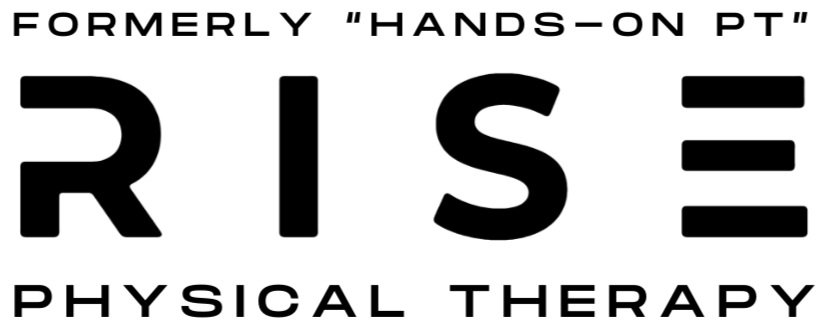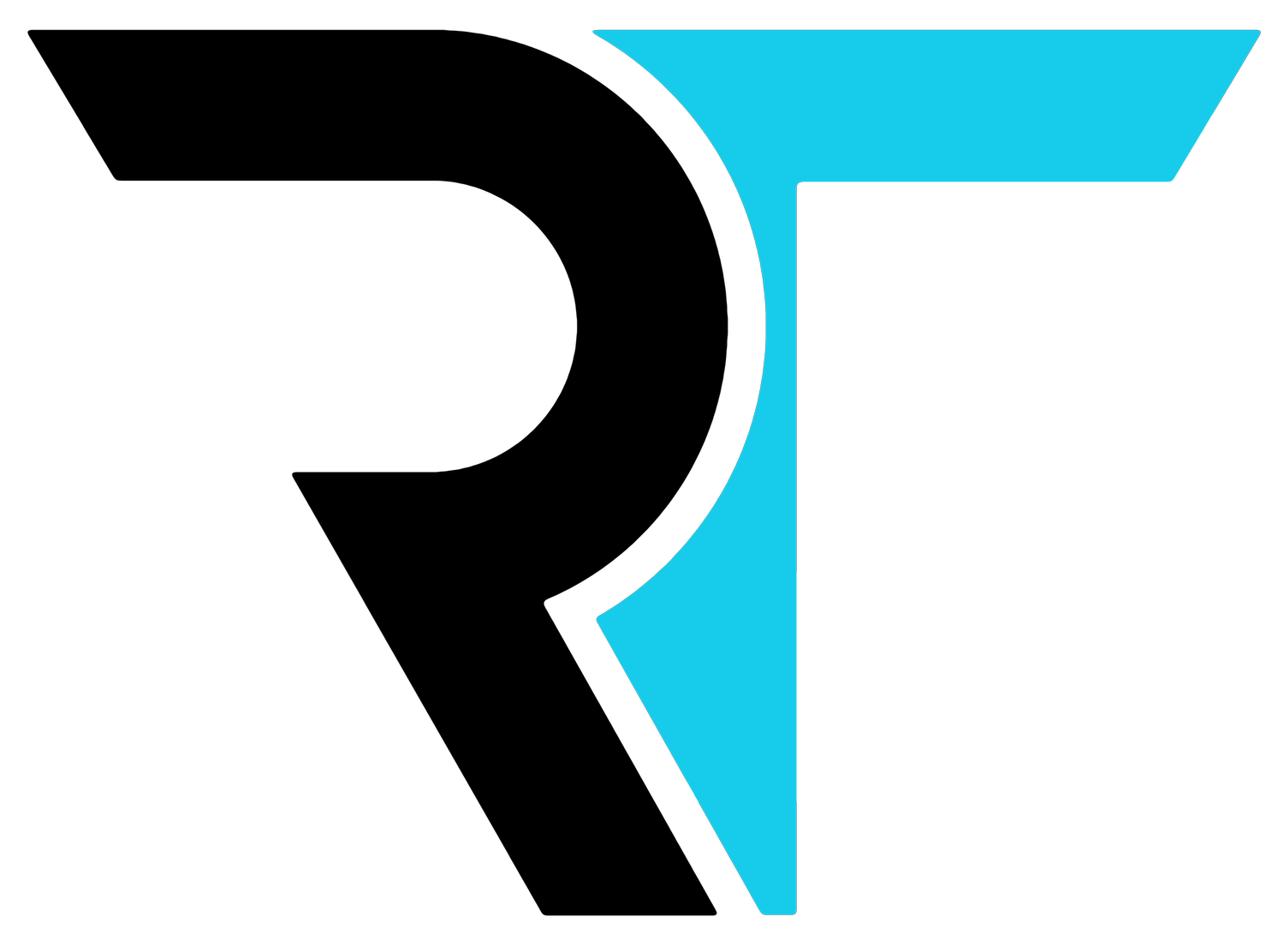
Vestibular Rehab
at Hands-on PT
How RISE PT treats Vestibular Conditions
Vestibular disorders can be a daunting challenge, affecting a person's balance, coordination, and overall quality of life. Whether caused by injury, illness, or aging, these conditions can lead to dizziness, vertigo, and a sense of unsteadiness. However, there's a beacon of hope in the form of physical therapy, which plays a crucial role in the rehabilitation process. In this article, we will explore the world of vestibular rehabilitation and how physical therapy can be a game-changer in the journey towards improved balance and stability.
Understanding Vestibular Rehabilitation:
Vestibular rehabilitation is a specialized branch of physical therapy designed to address disorders of the vestibular system, which controls balance and spatial orientation. This intricate system comprises the inner ear, brainstem, and cerebellum, working together to process sensory information and maintain equilibrium.
Common Vestibular Disorders:
Before diving into the role of physical therapy, it's important to recognize some common vestibular disorders that can benefit from rehabilitation:
1. Benign Paroxysmal Positional Vertigo (BPPV): Characterized by brief, intense episodes of vertigo triggered by specific head movements.
2. Meniere's Disease: Involves recurring vertigo, fluctuating hearing loss, tinnitus, and a feeling of fullness in the ear.
3. Vestibular Neuritis and Labyrinthitis: Viral infections that cause inflammation of the inner ear, leading to dizziness and imbalance.
4. Concussions and Traumatic Brain Injuries: Head injuries can disrupt the vestibular system, resulting in persistent balance problems.
The Role of Physical Therapy in Vestibular Rehabilitation:
1. Comprehensive Assessment: Physical therapists start by conducting a thorough evaluation to diagnose the specific vestibular disorder and identify any associated impairments or weaknesses.
2. Customized Exercise Regimens: Based on the assessment, therapists design personalized exercise programs to target the individual's needs. These exercises often include gaze stabilization, balance training, and habituation exercises that gradually expose patients to movements that trigger symptoms.
3. Canalith Repositioning Maneuvers: For BPPV, therapists perform specific maneuvers to reposition dislodged calcium crystals (canaliths) in the inner ear, alleviating symptoms.
4. Gaze Stabilization Exercises: These exercises improve an individual's ability to maintain a stable visual focus while the head is in motion, reducing dizziness and vertigo.
5. Balance Training: Physical therapy emphasizes balance exercises to improve overall stability, reducing the risk of falls and enhancing confidence in daily activities.
6. Habituation Exercises: Patients are exposed to movements or positions that provoke symptoms, helping their bodies adapt and become less sensitive to these triggers over time.
7. Education and Lifestyle Modification: Physical therapists educate patients about their condition and provide guidance on lifestyle changes to minimize symptom exacerbation.
Benefits of Physical Therapy in Vestibular Rehabilitation:
1. Symptom Management: Physical therapy helps alleviate the distressing symptoms of vestibular disorders, such as dizziness, vertigo, and nausea.
2. Improved Balance and Stability: By targeting the root causes of balance issues, physical therapy enhances an individual's ability to stay upright and mobile.
3. Enhanced Quality of Life: As symptoms subside and confidence grows, patients experience an improved overall quality of life, including increased independence and participation in daily activities.
4. Reduced Fall Risk: Balance training and exercises significantly decrease the risk of falls, which can have severe consequences for individuals with vestibular disorders.
Vestibular rehabilitation, combined with physical therapy, offers a ray of hope to individuals grappling with debilitating balance and stability issues. Through tailored exercises and expert guidance, patients can regain their footing and overcome the challenges posed by vestibular disorders. Physical therapy is an essential component of the rehabilitation journey, helping individuals restore their equilibrium and enjoy a fuller, more active life. If you or a loved one is struggling with a vestibular disorder, consider consulting a physical therapist to embark on the path to recovery and enhanced well-being.
“Everything negative - pressure, challenges - is all an opportunity for me to RISE.”
-Koby Bryant
OUR METHOD
2.) Pain Reduction
1.) Assessment & Diagnosis
4.) Long term Prevention
3.) Return to Function

WHAT BOISE IS SAYING:
⭐⭐⭐⭐⭐






